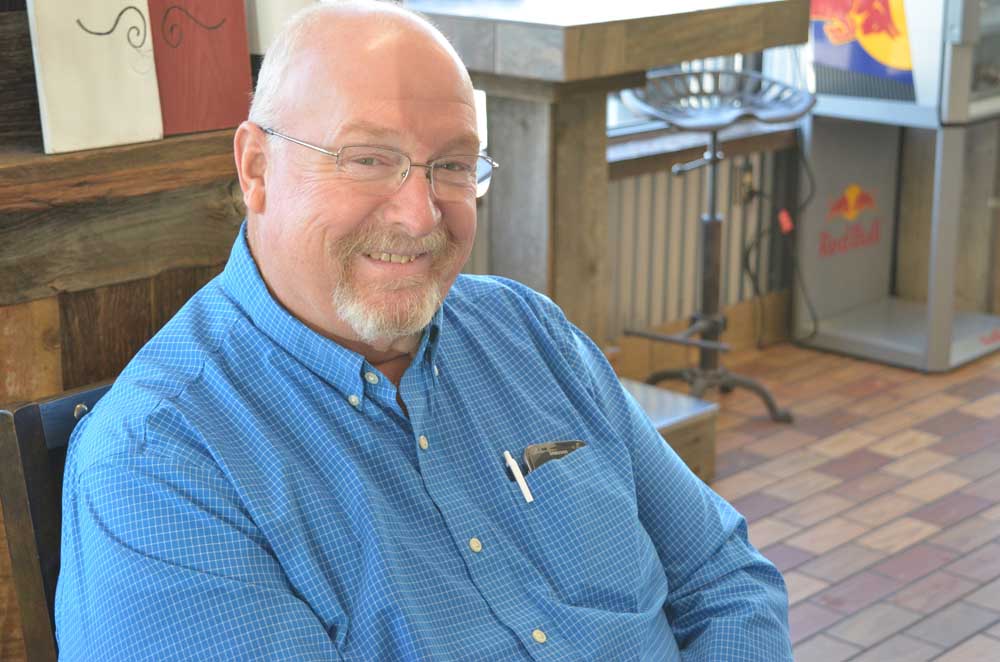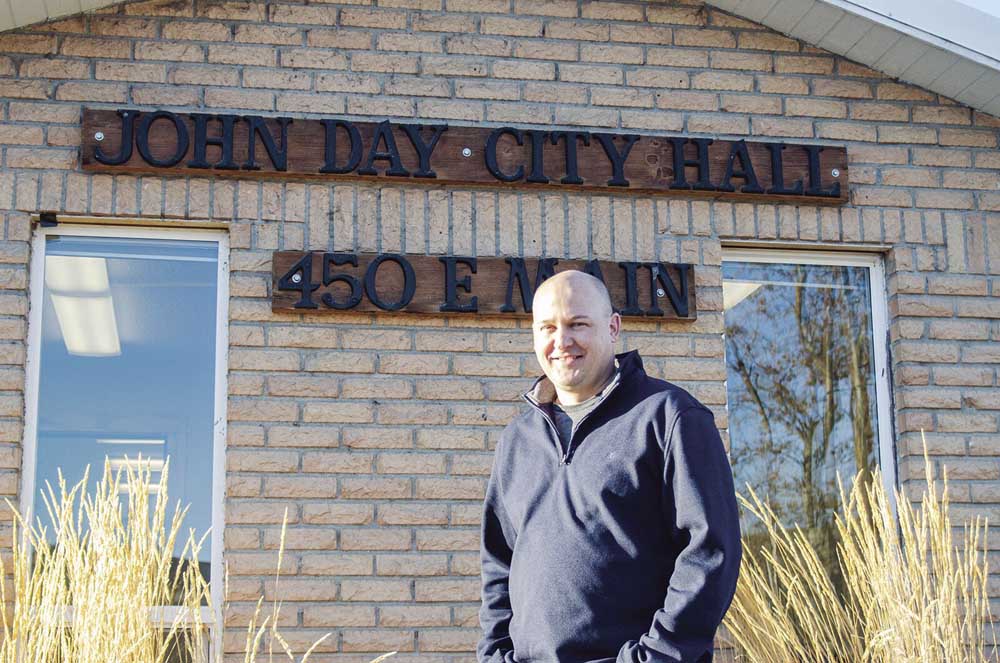911 phone tax bill awaits fate in Revenue Committee
Published 1:00 pm Tuesday, May 7, 2019

- Sen. Lynn Findley, R-Vale
A bill that would double the existing 75 cent fee on phone bills to support 911 dispatch centers across the state has seen considerable support from law enforcement and emergency groups as well as urban and rural cities and counties.
House Bill 2449 is sponsored by Reps. Lynn Findley, R-Vale; John Lively, D-Springfield; Pam Marsh, D-Southern Jackson County; and Greg Smith, R-Umatilla, Morrow, Gilliam, Sherman and Wasco counties.
The bill also would reduce administration fees collected by the Department of Revenue from 1 percent to 0.5 percent and collected by the Office of Emergency Management from 4 percent to 2 percent.
Rising costs
Supporters note that the phone tax hasn’t increased in 24 years, which puts a strain on rural counties with small populations. In John Day, the minimum cost of staffing a 911 center year-round in 2015 was $445,000, but the 911 tax provided $248,982, leaving the city, county and other taxing jurisdictions to come up with about $196,000 to fund the dispatch center.
Grant County voters in November 2017 turned down a local option tax proposal intended to fill the funding gap by 1,503 to 1,194. The city of John Day then received a $420,000 special appropriation from the state legislature to help cover the funding gap for the next biennium while the city looked for a long-term solution.
A 2018 intergovernmental agreement between the county, eight cities, one community and three rural fire districts established a new agency to operate 911 dispatch in Grant County under an Intergovernmental Council. The Grant County Emergency Communications Agency went into operation Jan. 1 and moved into the John Day Fire Hall in April.
Emergency dispatch service has been the norm in Oregon for nearly four decades. According to material presented by Findley, the Oregon Legislature mandated the establishment of 911 emergency dispatch services in 1981, along with a 3 percent surcharge on phone fees to support the service. Ten years later, the surcharge was increased to 5 percent.
The Legislature converted the phone fees to a straight 75 cents per transaction in 1995. Sixty percent of the collected revenue currently goes to counties and cities to operate 911 dispatch centers, with a minimum of 1 percent per county.
The statewide phone fees raised $45 million in 2018, with $27 million going to the cities and counties, but operational costs for all of the state’s 911 dispatch centers is estimated to be $145 million.
Committee hearings
A public hearing for the bill took place before the House Committee on Veterans and Emergency Preparedness on March 12, with 24 agencies providing testimony, including John Day City Manager Nick Green and Grant County Emergency Communications Agency Director Valerie Maynard.
According to Green, when the city operated the 911 dispatch center in Grant County, it was one of the smallest centers in Oregon “but also one of the most efficient.” Nonetheless, over the past two decades, the cost-revenue gap “grew to the point that it became operationally unstable,” he said.
“While revenue measures are rarely popular, especially in a conservative county, we heard a consistent message during our attempts to pass the local ballot measure” to support local 911 service, he said. “Residents would much rather pay an additional 75 cents per month in their phone bills than a disproportionate rate in their property tax base.”
Maynard noted that rising costs and limited resources nearly forced the local 911 center to close, with dispatch service outsourced to another county.
“The cost to do business continues to rise every year, and yet we are still operating on a tax that is 24 years old,” she said. “We do not have the resources to pull from in our rural county to support the increased cost share burden that is being put on our residents.”
Testimony in support of HB 2449 came from representatives of the Association of Public Safety Communication Officials, National Emergency Number Association, Oregon State Sheriffs Association, Oregon Association of Chiefs of Police, Oregon Fire District Directors Association and League of Oregon Cities, as well as cities and counties from across the state, large and small.
The committee followed up with a work session on April 4, where it voted 7-1 to refer the bill to the House Committee on Revenue as amended. An amendment removed a provision that would have provided counties with less than 40,000 residents 2 percent of the total phone tax revenue instead of 1 percent. Testimony in support of the bill was provided by eight more cities and counties.
Opposing testimony
The House Committee on Revenue, where Findley is vice chairman, took up the bill with a hearing on April 22. Testimony was taken from at least 38 representatives of cities, counties, emergency dispatch providers and communications companies. Testimony in support came from metropolitan areas such as Portland, Eugene, Salem, Gresham, Hillsboro and Clackamas and Washington counties.
Concerns about the bill were voiced by CTIA, a trade association for the wireless communications industry. CTIA noted that HB 2449 called for collecting $1.50 per phone bill for emergency dispatch, while Washington collects 95 cents, California collects 31 cents, Idaho collects $1 and Nevada collects 25 cents.
Funding for 911 dispatch should be limited to “allowable costs,” CTIA said, and not be used for “leasing real estate, cosmetic remodeling of facilities, salaries or benefits, or emergency vehicles.” CTIA also called for consolidating 911 centers into regional centers “covering as large a number of local jurisdictions as can be efficiently served.”
Verizon and T-Mobile representatives also testified about concerns they had with the bill. Verizon noted that the increase to $1.50 per phone bill far exceeds the inflation rate. Based on the consumer price index, overall costs increased by 65 percent from 1995 to 2018, but forecast revenues from HB 2449 would be 197 percent higher.
The increase in 911 dispatch costs, however, results from more than inflation, according to Findley. Much of the increased costs result from changes in technology, including implementation of a statewide digital network, text to 911 service, new call-taking equipment, mapping hardware and software, data management for geographical information systems, additional work stations needed for increased call volumes, higher vendor costs for phone system maintenance and increased 911 call delivery infrastructure due to increased statewide call volume.
The next step for the bill is up to Revenue Committee Chairwoman Rep. Nancy Nathanson, D-Eugene. She could schedule another work session, where amendments could be adopted and the bill would be voted out of committee for a House floor vote, or the bill could die in committee.





